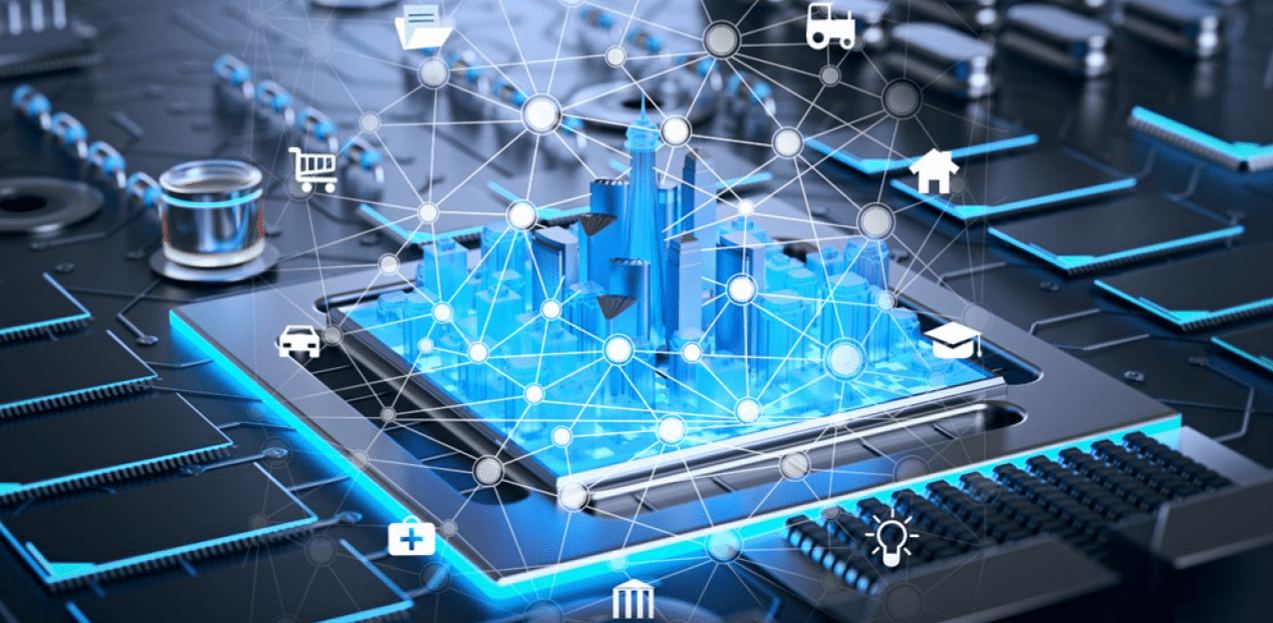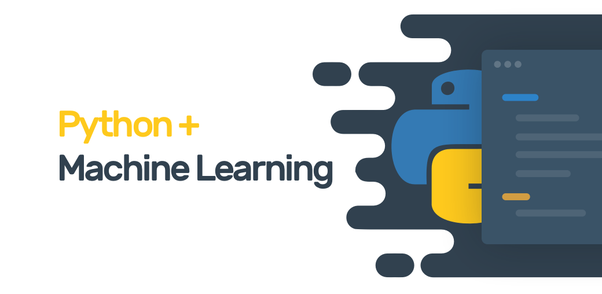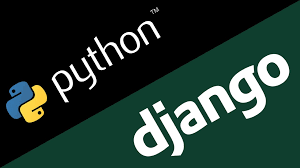Description
Introduction: Introduction to Embedded Systems
Embedded systems are specialized computing systems that perform dedicated functions within larger mechanical or electrical systems. They are found in a wide range of applications, from household appliances to industrial machines and medical devices. Understanding embedded systems is essential for professionals who want to design and implement hardware and software solutions that interact directly with the physical world. This training will provide participants with a solid foundation in the concepts, architecture, and programming of embedded systems.
Prerequisites: Introduction to Embedded Systems
- Basic knowledge of electronics: Understanding basic circuit components such as resistors, capacitors, and transistors.
- Familiarity with C/C++ programming: Basic programming skills in C or C++ will be beneficial for working with embedded system code.
- Optional: Exposure to microcontrollers or single-board computers like Arduino or Raspberry Pi is a plus but not mandatory.
Table of Contents
1: Introduction to Embedded Systems
- Overview of Embedded Systems
1.1 Definition and characteristics
1.2 Types of embedded systems
1.3 Common applications (e.g., automotive, medical, consumer electronics) - Embedded vs General-Purpose Computing
1.4 Key differences and similarities
1.5 Real-time systems and constraints - Components of an Embedded System
1.6 Hardware and software components
1.7 Microcontrollers, sensors, actuators
1.8 Role of embedded software/firmware - Session Activities:
1.9 Introduction to a basic embedded system project
2: Hardware Foundations of Embedded Systems
- Microcontrollers vs Microprocessors
2.1 Definitions and distinctions
2.2 Examples of popular microcontrollers (e.g., Arduino, STM32, ESP32) - Architecture of a Microcontroller
2.3 CPU, memory (RAM, ROM, Flash)
2.4 Input/Output interfaces (GPIO, UART, I2C, SPI) - Peripherals in Embedded Systems
2.5 Sensors and actuators
2.6 Communication modules (Wi-Fi, Bluetooth, etc.) - Session Activities:
2.7 Hands-on with an embedded development board (e.g., Arduino or STM32)
3: Software Development for Embedded Systems
- Embedded Programming Languages
3.1 C, C++, and Assembly for embedded systems
3.2 Role of embedded operating systems (RTOS) - Development Environments and Tools
3.3 Integrated Development Environments (IDEs) for embedded systems
3.4 Debuggers, compilers, and emulators - Basic Embedded Programming Concepts
3.5 GPIO control, interrupts, timers
3.6 Polling vs Interrupts - Session Activities:
3.7 Writing and running basic programs for GPIO control
4: Real-Time Operating Systems (RTOS)
- Introduction to Real-Time Operating Systems
4.1 What is RTOS and why use it?
4.2 Task scheduling and priorities - Multitasking in Embedded Systems
4.3 Context switching, task management
4.4 Common RTOS frameworks (e.g., FreeRTOS, Zephyr) - Session Activities:
4.5 Implementing basic tasks using FreeRTOS
5: Interfacing with External Devices
- Serial Communication Protocols
5.1 I2C, SPI, UART protocols explained
5.2 Application in sensor and peripheral communication - Interfacing with Sensors and Actuators
5.3 Reading sensor data
5.4 Controlling actuators (motors, LEDs) - Session Activities:
5.5 Implementing communication with a sensor (e.g., temperature sensor)
6: Power Management in Embedded Systems
- Power Considerations in Embedded Design
6.1 Power sources (batteries, solar, etc.)
6.2 Low-power modes and energy efficiency techniques - Battery Life Optimization
6.3 Techniques for reducing power consumption (sleep modes, duty cycling) - Session Activities:
6.4 Applying power management techniques to reduce energy usage
7: Embedded Systems in IoT (Internet of Things)
- Embedded Systems in the Context of IoT
7.1 Role of embedded systems in IoT applications
7.2 Wireless communication protocols (Wi-Fi, LoRa, Zigbee) - Cloud Integration and Data Processing
7.3 Sending sensor data to the cloud
7.4 Basic cloud-based monitoring and control - Session Activities:
7.5 Implementing an IoT project with cloud integration
8: Case Studies and Future Trends in Embedded Systems
- Case Studies
8.1 Real-world applications of embedded systems (automotive, healthcare, etc.)
8.2 Discussion on embedded systems used in modern products - Future Trends
8.3 AI and machine learning integration with embedded systems
8.4 Embedded systems in autonomous systems and robotics (Reference: AI for Robotics) - Session Activities:
8.5 Group discussions on innovations in embedded systems
This structure will guide participants through the essentials of embedded systems, equipping them with both theoretical knowledge and hands-on experience.







Reviews
There are no reviews yet.